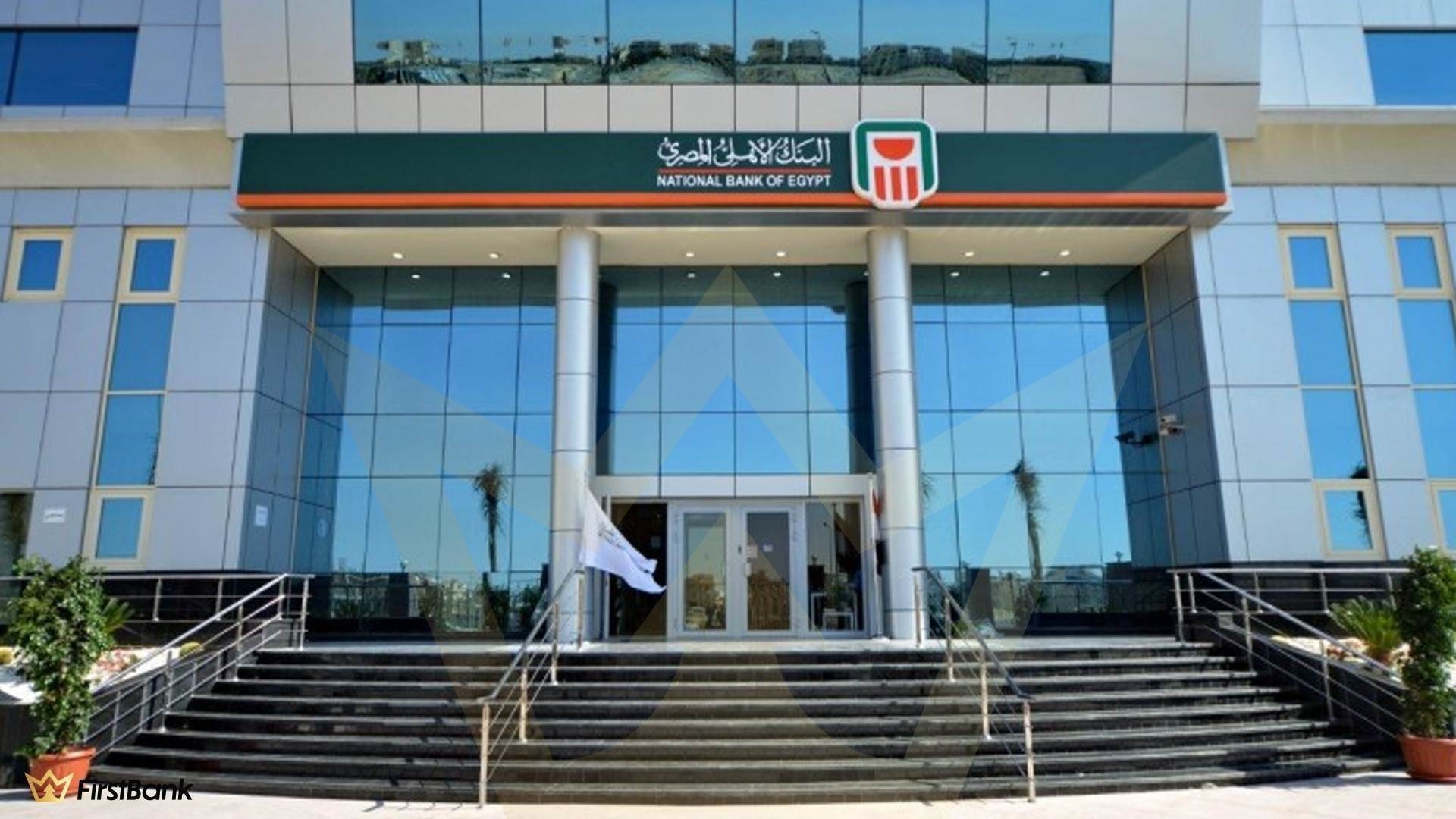Egypt’s NBE has been more optimistic in employing its resources during H1-22

The National Bank of Egypt, the leading state-owned bank, embraced an optimistic policy in employing its resources at the end of the first half of 2022.
The rate of its resources employment jumped to 100.36% at H1-22, compared to 98.39% at the end of 2021 with an increase of 1.39%.
The resources employment indicator, launched by First Bank, measures to what extent the bank is employing its traditional resources (deposits + equity) in loans and financial investments.
The increase in the index indicates that the bank followed an expansionary or an optimistic policy in employing its resources. The bank has employed all its traditional resources into loans and financial investments.
Thus, the bank has invested EGP2.9 trillion of its traditional resources, which amounted to EG p485.33 trillion by the end of June 2022 into loans and financial investments. It invested EGP1.393 trillion into loans and 1.584 trillion pounds into financial investments.
Yet, NBE has directed 2.527 trillion pounds of its traditional resources, which recorded 2.5 trillion pounds by the end of 2021 into loans and financial investments.
The bank's traditional resources at the end of June 2022 were distributed between EGP2.76 trillion into its deposit portfolio, and EGP 205 billion into the value of shareholder’s equity at the end of the same period.
CIB’s Loans to deposit ratio jumped to 50.47% at the end of H1-2022, compared to 49.12% at the end of 2021, while the financial investments to deposits ratio rose to 57.38% at H1-2022 end compared to 56.7% at the same comparable period.
NBE’s resources employment which jumped to 100.36% is above the banking sector’s rate 91.1% at the end of June 2022, which indicates that the bank has moved towards implementing a more optimistic policy towards loans and financial investments, but it is still below the sector levels.







